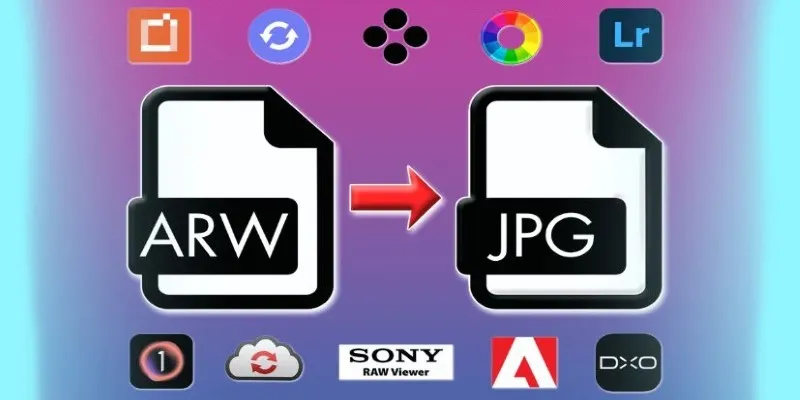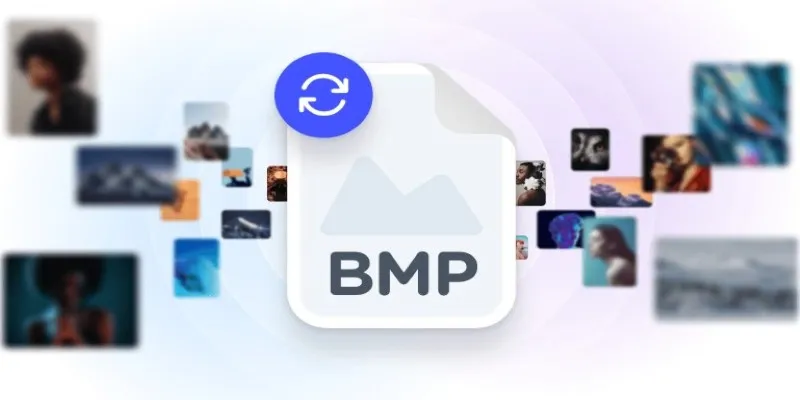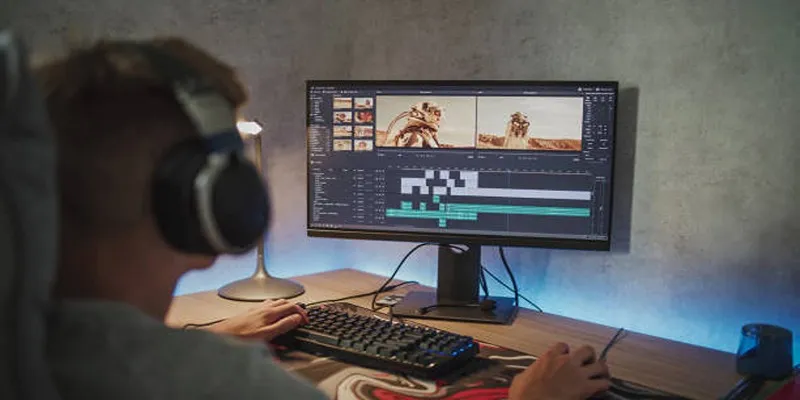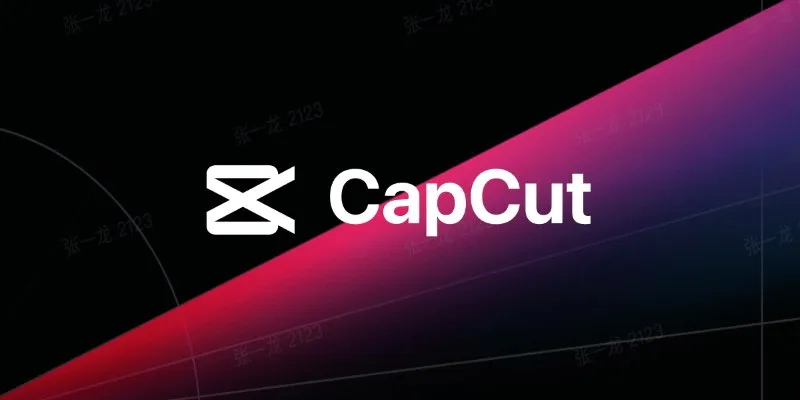Mastering the Ken Burns Effect: A Comprehensive Guide to Dynamic Video Zooms in iMovie
The Ken Burns effect, characterized by smooth zooming or panning, breathes life into static images or videos to create visually engaging narratives. Named after renowned documentarian Ken Burns, this technique is a staple among video editors. iMovie, with its user-friendly interface, makes it simple to apply this effect. This guide aims to help you enhance your storytelling using the Ken Burns effect, a tool perfect for personal projects, presentations, or YouTube videos.
Understanding the Ken Burns Effect

Before delving into the specifics, let’s understand what the Ken Burns effect is and its value. The effect introduces motion to an otherwise static image or video clip by zooming into a specific area or panning across different sections. This movement instills depth and draws focus to key details in the visual.
Why Use the Ken Burns Effect?
- Highlight Details: Zooming in on specific areas of a video or photo guides your audience’s attention.
- Add Emotion: Slow zoom-ins can evoke intimacy, while zoom-outs can create a sense of scale or detachment.
- Introduce Energy: Even minimal motion can add interest and enliven still visuals.
- Improve Storytelling: Panning allows a narrative to unfold within a single frame, captivating your audience.
iMovie lets you effortlessly implement this effect without requiring experience in professional editing software.
Prepping Your Project in iMovie
Before applying the Ken Burns effect, ensure your project is appropriately set up in iMovie. Skip this step if you’ve already started editing.
- Open iMovie on your Mac or iOS device.
- Select File > New Project to create a new project, or open an existing one.
- Import your media by clicking the Import Media button. Drag and drop your photos or video clips into the timeline to start editing.
Applying the Ken Burns Effect in iMovie: A Step-by-Step Guide
Follow these steps to apply the Ken Burns effect to your video clips or images:
Step 1. Select Your Clip
- Go to the timeline at the bottom of the iMovie interface.
- Click on the video clip or image you want to apply the Ken Burns effect to.
- Ensure the clip is highlighted with a yellow outline.
Step 2. Open Cropping Options
- Look for the cropping tools above the preview window. You’ll see three options:
- Fit: Keeps the full frame without cropping.
- Crop to Fill: Crops the image to fit the aspect ratio.
- Ken Burns: The tool for adding zoom and pan effects.
- Click Ken Burns to open its customization options.
Step 3. Set the Start and End Frames
The Ken Burns effect operates by specifying a starting frame and an ending frame. Here’s how to adjust these:
- Two adjustable rectangles will appear on the preview window:
- The green rectangle represents the starting frame.
- The red rectangle represents the ending frame.
- Drag the corners of the green rectangle to define where the zoom or pan begins.
- Adjust the red rectangle to set where the zoom or pan ends.
Step 4. Preview Your Effect
- Click the play button in the preview window to see your changes in action.
- If necessary, make adjustments to the start and end frames.
Step 5. Apply and Save
Once you’re satisfied with the effect:
- Click the Apply button (a checkmark) in the cropping toolbar.
- Save your project to ensure your edits are not lost.
Congratulations! You’ve successfully added motion to your clip.
Fine-Tuning the Ken Burns Effect: Tips and Tricks
Adjust Clip Duration
The speed of the Ken Burns effect is dependent on the length of the clip. Longer clips result in a slower pan or zoom, while shorter clips create faster motion. To adjust, click and drag the edges of the clip in the timeline.
Reverse the Motion
Want to zoom out instead of zooming in? Switch the positions of the green and red rectangles. This reverse motion is excellent for transitioning out of a scene or expanding the viewer’s perspective.
Combine with Transitions
Enhance the Ken Burns effect by adding transitions between clips. For instance, a fade-in can make a zoom-in feel more dramatic, while a smooth cross-dissolve can connect two panning motions seamlessly.
Use It Sparingly
The Ken Burns effect is a fantastic tool for adding motion, but overuse can make your project look repetitive. Utilize it for emphasis, not as a default for every clip.
Experiment with Photos and Videos
While the effect is most commonly used on still images, it can also be applied to video clips for unique effects. For instance, zooming in on a specific part of an action scene can draw attention to an important detail.
Troubleshooting Common Ken Burns Effect Issues

Like any video editing technique, the Ken Burns effect may come with a few challenges. Here’s how to fix them:
- Uneven Movement: If the movement of the Ken Burns effect feels too jerky or uneven, ensure the start and end points are smoothly set. Adjust the duration of the effect to create a more gradual transition.
- Image Quality Issues: Zooming in too much can make the image pixelated or blurry. Use high-resolution images to avoid this issue and limit the zoom to prevent excessive loss of quality.
- Wrong Focus: Ensure the starting and ending points are carefully positioned to highlight the intended subject. Double-check that the movement directs the viewer’s attention exactly where you want it.
- Timing Problems: If the effect feels rushed or too slow, tweak the timing to align better with your project’s pacing. Experiment with different durations until you achieve the desired flow.
By addressing these challenges, you can maximize the Ken Burns effect and elevate the visual appeal of your video projects.
Wrapping Up
By mastering the Ken Burns effect in iMovie, you can significantly improve the quality of your videos. Be it creating a documentary, editing family photos, or assembling professional marketing videos, this tool lets you guide your audience’s attention and evoke emotion effortlessly. Remember to experiment with different starting and ending frames, adjust the clip duration, and combine the effect with other transitions for polished, professional results.
Related Articles
Popular Articles

TitanOS-Powered Philips TVs Get Full Stremio App Streaming Access

Nuxt 3.16 Adds Faster Setup, Improved Context, and DevTools V2

Streamline Your Accounting: Top 5 Software Apps for Independent Contractors

Top Dictation Software to Try in 2025 for Seamless Speech-to-Text Conversion

How to Effectively Convert ARW to JPG: 3 Methods You Need to Know

How to Convert 4 JPG to BMP: Easily Decode Compressed Images into Uncompressed Files

Should You Use MOV or MP4? Key Differences You Should Know

Mozilla Updates Firefox Policies to Clarify Privacy and User Rights

Step-by-Step Guide: How to Join the Beta for the USPS ‘Informed Delivery’ App

2 Quick and Easy Methods to Crop Your Screen Recordings

New Vertical Tabs and Sidebar Enhancements in Firefox 136

 mww2
mww2